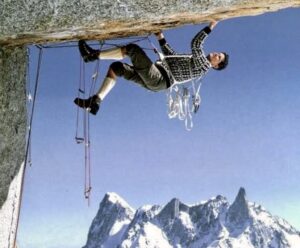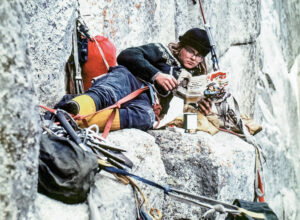Trekking is one of the most popular outdoor activities in the world. It’s the more strenuous version of hiking and is mostly undertaken for adventure. Nepal, Northern India, Australia and North-western America are some of the most popular trek-hubs in the world.
Trekking is getting popular among the masses lately. Proper gears come in handy during any trek. To accommodate the harsh weather and condition of the trail, the outfitters have managed to produce some of the best outdoor gears, however, it doesn’t ensure your safety or health if you are careless or ill-prepared for your trek.
These are some common problems and remedies during the trekking.
Blisters

Blisters occur on the skin surface when the moisture of the skin is deprived due to constant rubbing. This is a common problem during treks involving continuous walking. The improper size of trekking shoes, socks, wet feet and cleanliness may cause blisters.
To avoid it, you must always wear strong yet soft shoes to let the air pass and keep your feet moisturized. Heavy and thick shoes must be avoided, along with wearing newly bought shoes. It’s better to break the shoes beforehand or consider wearing the same old pair. Take a break during the trek and take off your shoes for a while or better clean your feet with water.
Acute Mountain Sickness

Acute Mountain Sickness (AMS) or altitude sickness is another common misfortune of high altitude trekking. During high altitude treks, as the trail ascends the oxygen or air flow reduces, which may trigger many health flaws. AMS is a symptom when your body cannot acclimatize the surrounding environment and starts giving up. Nausea, headache, breathlessness, sleep deprivation etc are common symptoms of AMS.
Diamox Pills

Generally, you should be well prepared and acclimatized while ascending above 3,000 m (9,843 ft), because, by every 1000 m the oxygen level will decrease by 20%. To prevent AMS, you must not ascend too quickly and take required recesses during the trek. Spending more time acclimatizing can help your body cope with the alien environment.
As a precaution, medics also suggest you to take Diamox, an anti-AMS pill, to prevent AMS in the higher altitudes.
Sore Feet/Joints

Sore feet or joints is common during any strenuous treks. The continuous walking may create problem in your joints and ligaments. Most of this condition can be related to health problems, however, how you prepare yourself during the trek may determine the greater chances of sores.
Obesity, the weight of a backpack, hard/clumsy shoes and improper body language may cause sore feet afterwards. To prevent such a thing, you must keep a check of your body weight, the weight of the backpack and shoes. You shouldn’t be carrying heavier loads, as this may enforce more pressure on your knees and joints. Hydrotherapy (Cleaning feet with water) during a long day hike can be a good remedy for sore feet. Boot inserts may be a great help too if the sole of your shoes are harder.
Fatigue

Fatigue is the result of extreme tiredness from physical or mental exertion. Walking for the entire day carrying a heavy backpack and limited supply of food/water isn’t an easy task. The trekking may take a toll on your health, therefore, hydrating yourself and eating enough calories during the trek may prevent fatigue.
3 of the most important things required on the trek are; food, water and sleep. At least 4 litres of water, 3 huge meals with snacks containing energy bars or high energy supplements and a good 8 hrs sleep will get you to go any trek.
The ‘Khumbu Cough
The Khumbu cough, also known as the high altitude hack, is named after the area in the Everest region. Nearly all people who spend time at extreme altitude (5,500 m) may develop some degree of the Khumbu cough. It is caused by the low humidity and sub-zero temperatures and is also thought to be triggered by overexertion.
This may lead to an increased breathing rate, which exposes the delicate lung lining to excess cold air, resulting in dried out membranes and partially damaged bronchi. This causes extreme irritation which manifests itself in the form of a dry, persistent cough which can restrict breathing. Running nose, dry cough, clear/white phlegm are the symptoms of Khumbu cough.
These are the remedies for Khumbu cough
- Wear a mask which heats and moisturizes the air.
- Wear a balaclava at night.
- Wear a mask with a metallic net inserted into a lightweight shell.
- Avoid overexertion.
- Regulate your breathing when necessary.
Image source: flicker, Thirdrockadventures






